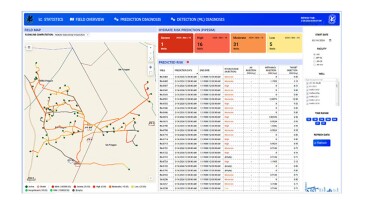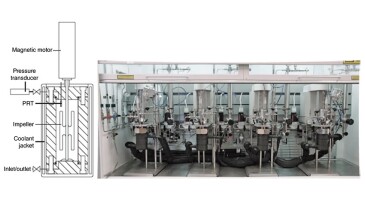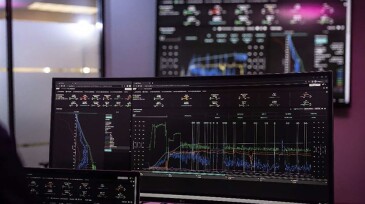modeling
-
The research facility said it plans to add multiphase-flow-testing capabilities for heavy oil and different viscosities.
-
In this study, a method was developed to analyze the effects of drilling through transitions on bit-cutting structures and construct an ideal drilling strategy using a detailed drilling model.
-
This paper describes a machine-learning approach to accurately flag abnormal pressure losses and identify their root causes.
-
Data and impartial viewpoints can help de-risk exploration portfolios and keep resource estimates in check.
-
This paper discusses a comprehensive hybrid approach that combines machine learning with a physics-based risk-prediction model to detect and prevent the formation of hydrates in flowlines and separators.
-
This paper presents an approach to subsea hydrate-risk management based on the understanding that some crudes have induction properties that delay hydrate formation even when the pressure and temperature conditions reach the hydrate thermodynamic region.
-
This research aims to develop a fluid-advisory system that provides recommendations for optimal amounts of chemical additives needed to maintain desired fluid properties in various drilling-fluid systems.
-
The objective of this microfluidic investigation is to identify and test two novel applications for magnetic fluids in porous media for subsurface oilfield applications.
-
This paper describes a study to design and implement an enhanced oil recovery project via huff ’n’ puff using Y-grade injectant.
-
In today’s era of asset management, digital twins are changing risk management, optimizing operations, and benefitting the bottom line.
Page 1 of 15










